Home>Technology>Home Entertainment Systems>How To Connect To A Wireless Projector
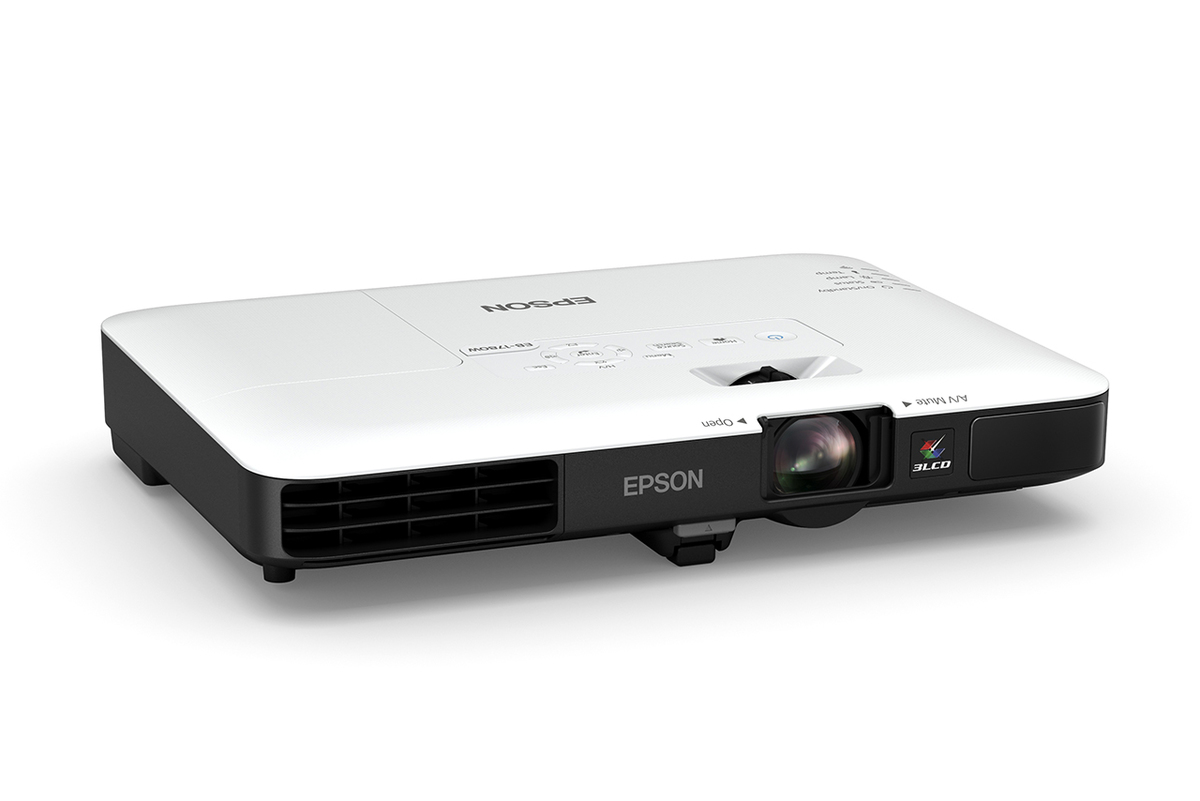

Home Entertainment Systems
How To Connect To A Wireless Projector
Modified: January 4, 2024
Learn how to connect your home entertainment systems to a wireless projector with ease. Follow our step-by-step guide for seamless setup and enjoy your favorite content.
(Many of the links in this article redirect to a specific reviewed product. Your purchase of these products through affiliate links helps to generate commission for Storables.com, at no extra cost. Learn more)
Introduction
Welcome to the future of home entertainment! With the rapid advancement of technology, connecting to a wireless projector has become an effortless and seamless experience. Whether you're a movie enthusiast, a gaming aficionado, or a professional seeking to deliver compelling presentations, the convenience and flexibility offered by wireless projector connectivity are unparalleled.
In this comprehensive guide, we will delve into the intricacies of wireless projectors, providing you with a step-by-step understanding of how to connect to these devices from both Windows and Mac operating systems. Additionally, we will equip you with troubleshooting tips to address common issues that may arise during the wireless projection process.
As we embark on this journey, it's essential to grasp the fundamental concepts behind wireless projectors, including their functionality, benefits, and the underlying technology that powers these innovative devices. By gaining a solid understanding of these basics, you will be well-prepared to harness the full potential of wireless projection in your home entertainment or professional endeavors.
So, grab your favorite beverage, settle into a cozy spot, and let's explore the fascinating world of wireless projectors together. Whether you're aiming to elevate your movie nights to new heights, immerse yourself in captivating gaming experiences, or deliver impactful presentations with ease, the knowledge and insights shared in this guide will empower you to make the most of your wireless projector setup. Let's dive in!
Key Takeaways:
- Wireless projectors offer seamless connectivity and immersive viewing experiences, eliminating the need for cables and enhancing flexibility in home entertainment and professional presentations. They provide vibrant visuals and synchronized audio for captivating digital experiences.
- Connecting to a wireless projector from both Windows and Mac operating systems is a straightforward process, empowering users to effortlessly share their screens and stream multimedia content. Troubleshooting tips help address potential wireless projection issues, ensuring a smooth and uninterrupted experience.
Understanding the Basics of Wireless Projectors
Wireless projectors represent a cutting-edge evolution in home entertainment and professional presentation technology. These devices eliminate the need for cumbersome cables and provide a level of flexibility that was previously unimaginable. Before delving into the process of connecting to a wireless projector, it's crucial to grasp the underlying principles and benefits that define these innovative devices.
At the core of a wireless projector’s functionality is its ability to receive and display content from a variety of sources without the constraints of physical connections. This is made possible through wireless transmission technologies such as Wi-Fi, Bluetooth, or proprietary wireless protocols. By leveraging these wireless capabilities, users can seamlessly stream audio, video, and visual content from compatible devices to the projector, creating a truly immersive viewing or presentation experience.
One of the key advantages of wireless projectors is their versatility. Whether you’re streaming content from a laptop, smartphone, tablet, or other compatible devices, the wireless connectivity empowers you to showcase a diverse range of content without being tethered to the projector. This flexibility is particularly valuable in scenarios where mobility and adaptability are paramount, such as in educational settings, business environments, or home entertainment setups.
Furthermore, wireless projectors offer a streamlined setup process, eliminating the clutter and potential hazards associated with traditional wired connections. This not only enhances the aesthetic appeal of the space but also contributes to a safer and more organized environment. Additionally, the absence of physical cables reduces the time and effort required to configure the projection system, allowing users to focus on the content being presented or enjoyed.
From a technical standpoint, wireless projectors integrate advanced signal processing and display technologies to ensure high-quality, lag-free transmission of multimedia content. This results in crisp, vibrant visuals and synchronized audio, delivering an immersive viewing experience that rivals traditional wired setups.
As we continue our exploration of wireless projectors, it’s important to keep these fundamental principles in mind. Understanding the capabilities and advantages of wireless projection will lay a solid foundation for the subsequent steps involved in connecting to and optimizing the use of a wireless projector.
Now that we’ve established a comprehensive understanding of the basics of wireless projectors, let’s dive into the specific steps for connecting to a wireless projector from both Windows and Mac operating systems.
Connecting to a Wireless Projector on Windows
Connecting your Windows-based device to a wireless projector is a straightforward process that leverages the built-in functionalities of the operating system. Whether you’re using a laptop, tablet, or desktop computer running Windows, the following steps will guide you through the seamless setup of wireless projection.
Step 1: Ensure Compatibility
Before initiating the connection process, confirm that your Windows device and the wireless projector are compatible with the same wireless projection standards, such as Miracast or Wi-Fi Direct. This ensures a smooth and stable connection between the two devices.
Step 2: Access the Project Menu
On your Windows device, navigate to the Action Center by clicking on the speech bubble icon in the system tray or swiping in from the right edge of the screen on a touchscreen-enabled device. From the Action Center, select the “Project” option to initiate the wireless projection setup.
Step 3: Choose a Projection Mode
Upon accessing the Project menu, you’ll be presented with various projection modes, including “PC screen only,” “Duplicate,” “Extend,” and “Second screen only.” To connect to the wireless projector, select the “Connect to a wireless display” option, which will trigger a scan for available wireless projectors within range.
Step 4: Select the Wireless Projector
After the scan is complete, your Windows device will display a list of available wireless projectors. Choose the desired wireless projector from the list to establish the connection. If prompted, enter the necessary authentication credentials to authenticate the connection to the wireless projector.
Step 5: Configure Projection Settings
Once connected, you can configure the projection settings based on your preferences. This includes adjusting the display mode, resolution, and orientation to optimize the wireless projection for your specific use case, whether it’s presenting slideshows, streaming videos, or engaging in gaming experiences.
Step 6: Begin Wireless Projection
With the wireless projector successfully connected and the projection settings configured, you’re ready to begin wirelessly projecting content from your Windows device. Whether you’re delivering a captivating presentation, enjoying multimedia entertainment, or collaborating on creative projects, the wireless projection capabilities of your Windows device will empower you to do so with unparalleled convenience and flexibility.
By following these step-by-step instructions, you can seamlessly connect your Windows device to a wireless projector, unlocking a world of possibilities for immersive viewing and seamless content sharing.
Now, let’s explore the process of connecting to a wireless projector from a Mac, ensuring that users across different operating systems can harness the full potential of wireless projection technology.
Make sure your device and the wireless projector are connected to the same Wi-Fi network. Then, use the “Connect to a Wireless Display” option on your device to find and connect to the projector.
Connecting to a Wireless Projector on Mac
Connecting your Mac to a wireless projector is a streamlined process that capitalizes on the native features of macOS, enabling you to seamlessly share your screen and content with a wireless projector. Whether you’re using a MacBook, iMac, or Mac mini, the following steps will guide you through the hassle-free setup of wireless projection.
Step 1: Verify Compatibility
Prior to initiating the connection process, ensure that your Mac and the wireless projector are compatible with the same wireless projection standards, such as AirPlay, Wi-Fi Direct, or other proprietary wireless protocols. This compatibility is essential for establishing a stable and reliable wireless connection between the two devices.
Step 2: Access AirPlay Settings
On your Mac, navigate to the menu bar and click on the AirPlay icon, typically represented by a rectangle with a solid triangle at the bottom. Alternatively, you can access AirPlay settings by clicking the Apple logo in the top-left corner, selecting “System Preferences,” and then choosing “Displays” or “Monitors,” depending on your macOS version.
Step 3: Select the Wireless Projector
Upon accessing the AirPlay settings, your Mac will detect available wireless display options, including compatible wireless projectors. Choose the desired wireless projector from the list of available devices to initiate the connection. If prompted, enter any required authentication credentials to authenticate the connection to the wireless projector.
Step 4: Configure Display Settings
Once connected, you can configure the display settings to optimize the wireless projection for your specific needs. This includes adjusting the resolution, refresh rate, and other display preferences to ensure an optimal viewing experience for the projected content, whether it’s presentations, videos, or other multimedia materials.
Step 5: Initiate Wireless Projection
With the wireless projector successfully connected and the display settings configured, your Mac is now ready to wirelessly project content to the projector. Whether you’re delivering compelling presentations, sharing multimedia content, or engaging in collaborative work, the wireless projection capabilities of your Mac will empower you to do so with unparalleled convenience and flexibility.
By following these step-by-step instructions, you can effortlessly connect your Mac to a wireless projector, unlocking a world of possibilities for seamless content sharing and immersive viewing experiences.
Now that we’ve explored the process of connecting to a wireless projector from both Windows and Mac operating systems, let’s delve into troubleshooting tips to address common issues that may arise during wireless projection, ensuring a smooth and uninterrupted experience.
Troubleshooting Tips for Wireless Projection Issues
While wireless projection technology offers unparalleled convenience and flexibility, occasional technical glitches or connectivity issues may arise. By familiarizing yourself with common troubleshooting techniques, you can swiftly address these challenges and ensure a seamless wireless projection experience. Let’s explore some effective troubleshooting tips to tackle potential issues during wireless projection.
1. Signal Interference: If you encounter signal interference or intermittent connectivity issues during wireless projection, ensure that the wireless projector and the source device are within optimal range and free from obstructions that could disrupt the wireless signal. Minimizing interference from other electronic devices and maintaining a clear line of sight between the devices can help mitigate connectivity issues.
2. Firmware and Software Updates: Check for firmware or software updates for both the wireless projector and the source device. Keeping the devices’ firmware and software up to date can resolve compatibility issues and improve overall wireless projection performance.
3. Network Configuration: In cases where wireless projection relies on network connectivity, verify that the network settings on both the source device and the wireless projector are correctly configured. Ensure that the devices are connected to the same network and that any firewall or security settings are not impeding the wireless projection connection.
4. Quality of Service (QoS) Settings: If you’re experiencing lag or latency during wireless projection, consider adjusting the Quality of Service (QoS) settings on your network router to prioritize traffic related to the wireless projection, ensuring a smoother and more responsive viewing experience.
5. Device Reboot and Reset: If persistent connectivity issues persist, try rebooting both the source device and the wireless projector. Additionally, some wireless projectors may have a reset function that restores the device to its default settings, which can help resolve underlying connectivity issues.
6. Alternative Connection Methods: If wireless projection continues to pose challenges, consider using alternative connection methods, such as wired connections or different wireless protocols, to establish a stable and reliable link between the source device and the projector.
7. Environmental Considerations: Take into account environmental factors that may impact wireless projection, such as ambient lighting, temperature, and physical obstructions. Optimizing the environment for wireless projection can contribute to a more consistent and reliable connection.
By applying these troubleshooting tips, you can effectively address common wireless projection issues and optimize the performance of your wireless projector setup. Whether you’re using wireless projection for entertainment, presentations, or collaborative work, a proactive approach to troubleshooting can ensure a seamless and uninterrupted experience.
With these troubleshooting techniques at your disposal, you’re well-equipped to navigate and resolve potential challenges that may arise during wireless projection. Now, armed with a comprehensive understanding of wireless projectors and the means to troubleshoot common issues, you’re ready to make the most of this innovative technology in your home entertainment or professional endeavors.
As we conclude our exploration of wireless projection, it’s evident that this technology has the power to transform the way we engage with content and share information, offering a level of flexibility and convenience that enhances our digital experiences. Whether you’re immersing yourself in captivating visuals, delivering impactful presentations, or collaborating with others, wireless projection opens up a world of possibilities.
Read more: How To Connect To Optoma Projector Wireless
Conclusion
Congratulations on embarking on a journey into the realm of wireless projection, where innovation and convenience converge to redefine the way we interact with visual content and share information. Throughout this guide, we’ve traversed the intricacies of wireless projectors, from understanding their fundamental principles to navigating the process of connecting to them from both Windows and Mac operating systems. Along the way, we’ve also delved into troubleshooting tips to address potential challenges that may arise during wireless projection.
As we reflect on this exploration, it’s evident that wireless projectors represent a pivotal advancement in home entertainment and professional presentation technology. The seamless connectivity, versatility, and immersive viewing experiences offered by wireless projection have the potential to elevate our interactions with multimedia content and streamline our collaborative endeavors.
Whether you’re transforming your living room into a cinematic retreat, delivering compelling presentations in the boardroom, or engaging in collaborative work with colleagues, the capabilities of wireless projectors empower you to do so with unparalleled flexibility and convenience. By leveraging the wireless projection features of your devices, you can seamlessly share your screen, stream multimedia content, and captivate audiences with vibrant visuals and synchronized audio.
As we bid adieu to this guide, it’s important to carry forward the knowledge and insights gained here, integrating them into your digital experiences and embracing the transformative potential of wireless projection. Whether you’re a movie enthusiast, a professional presenter, or a creative collaborator, the seamless connectivity and immersive capabilities of wireless projectors await your exploration and utilization.
So, as you embark on your wireless projection endeavors, remember the foundational principles we’ve covered, the step-by-step guidance for connecting to wireless projectors, and the troubleshooting tips to overcome potential challenges. Armed with this knowledge, you’re poised to harness the full potential of wireless projection and unlock a world of captivating visual experiences and seamless content sharing.
With wireless projectors as your gateway to immersive entertainment, dynamic presentations, and collaborative creativity, the possibilities are limitless. Embrace the freedom of wireless projection, and let your digital experiences unfold with unparalleled flexibility and convenience.
Here’s to a future filled with captivating visuals, seamless connectivity, and the transformative power of wireless projection. The world of immersive entertainment and dynamic presentations awaits—seize the moment and make it your own with wireless projectors at the heart of your digital experiences.
Frequently Asked Questions about How To Connect To A Wireless Projector
Was this page helpful?
At Storables.com, we guarantee accurate and reliable information. Our content, validated by Expert Board Contributors, is crafted following stringent Editorial Policies. We're committed to providing you with well-researched, expert-backed insights for all your informational needs.
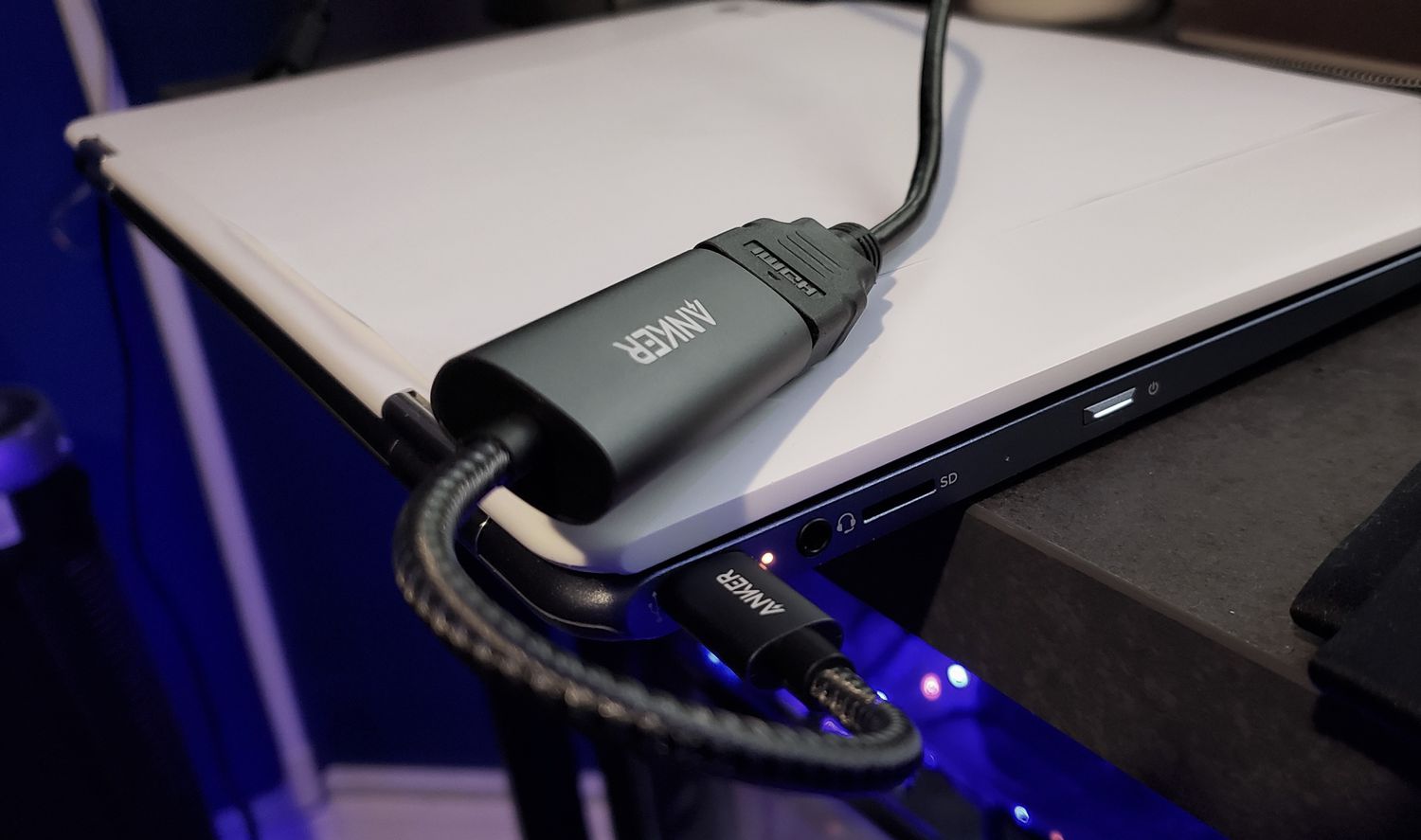
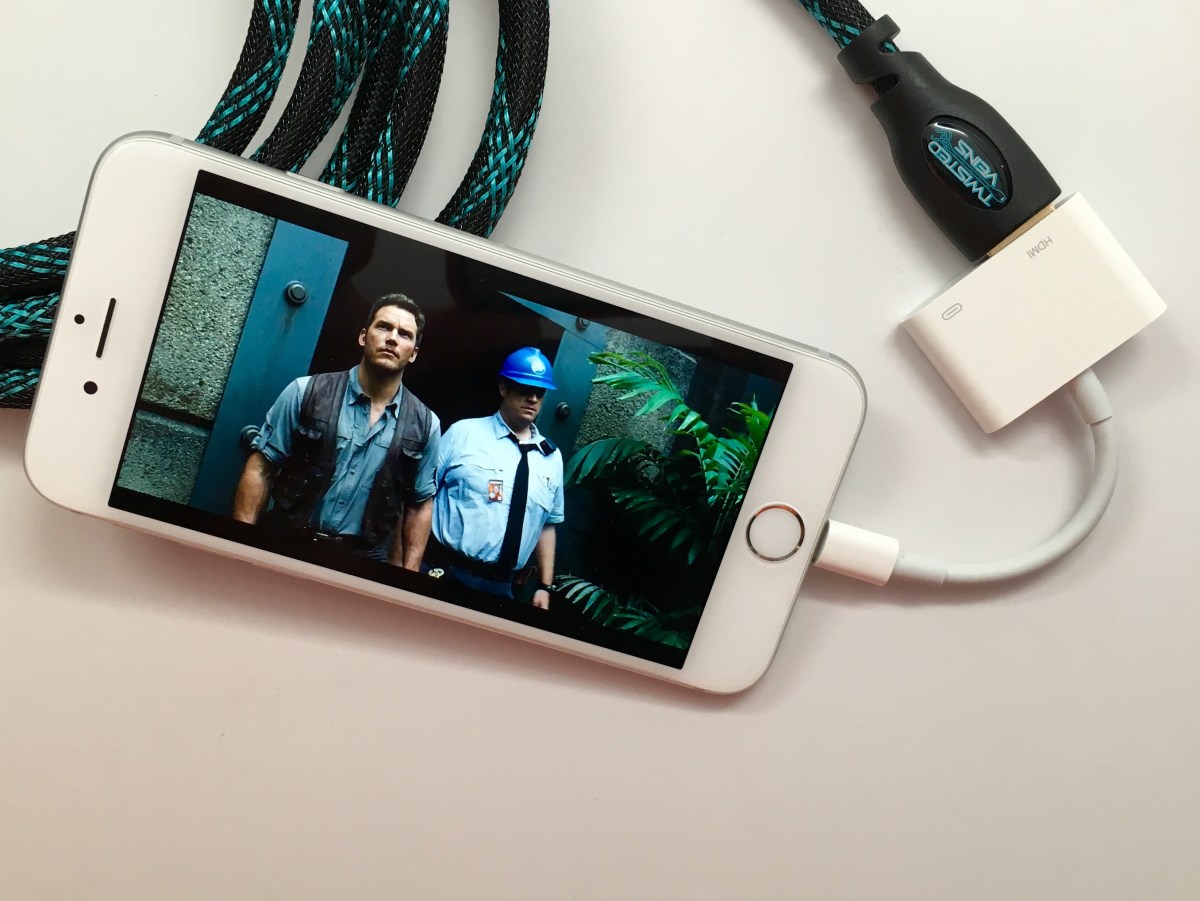
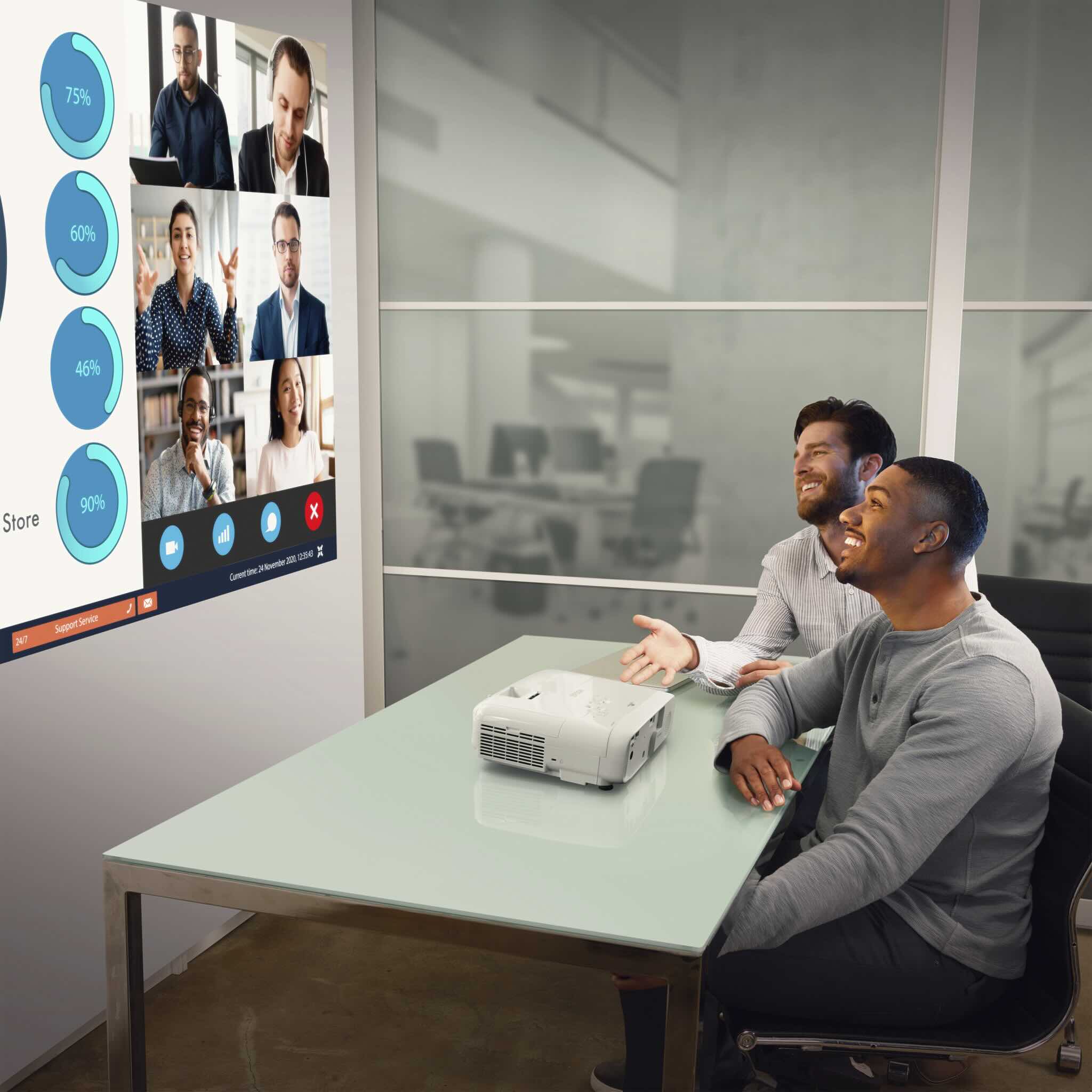
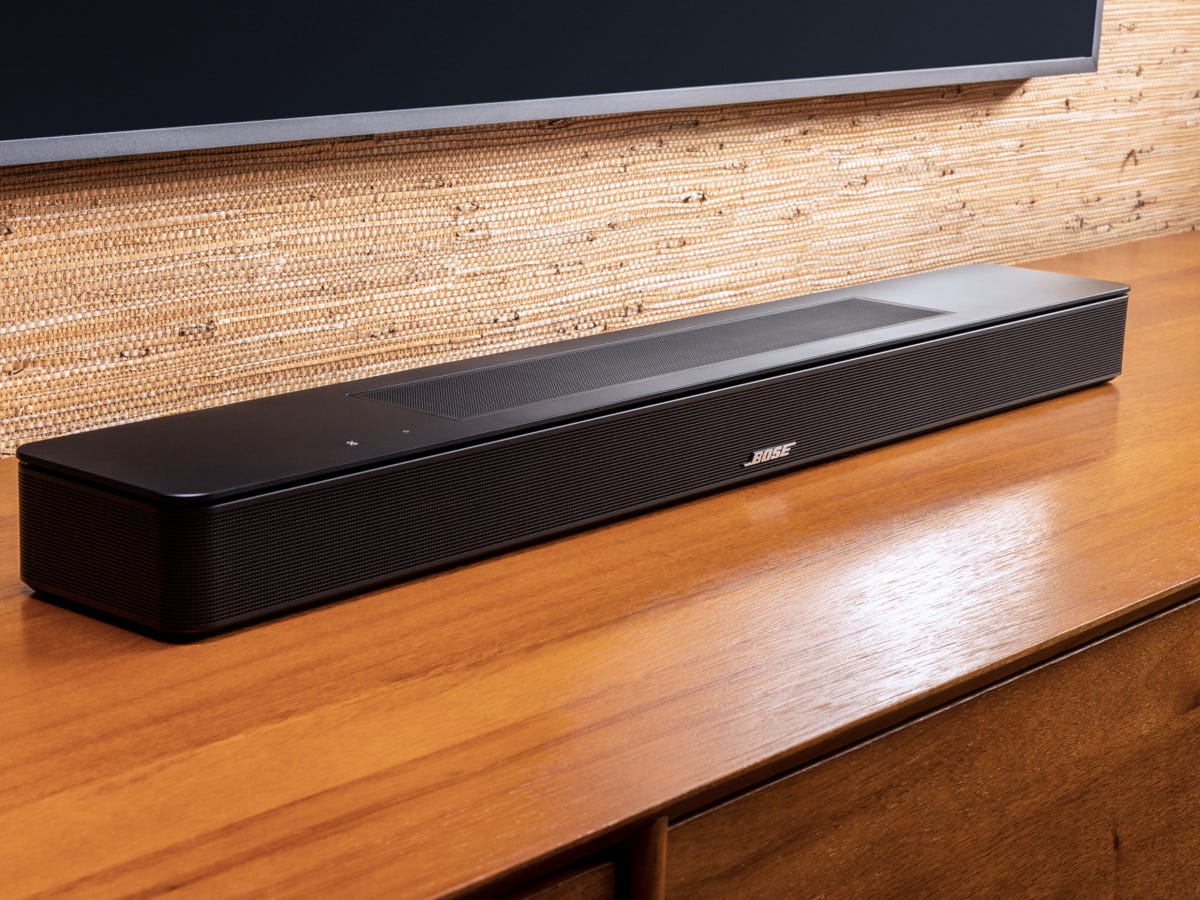
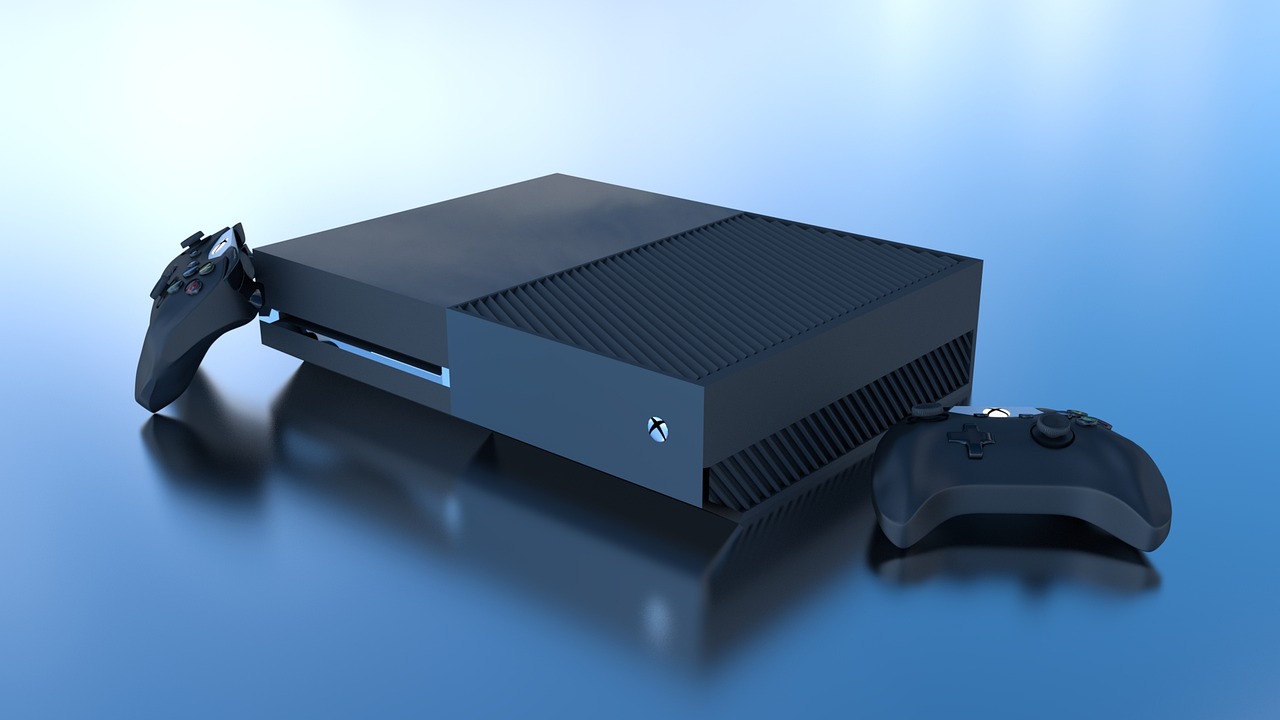
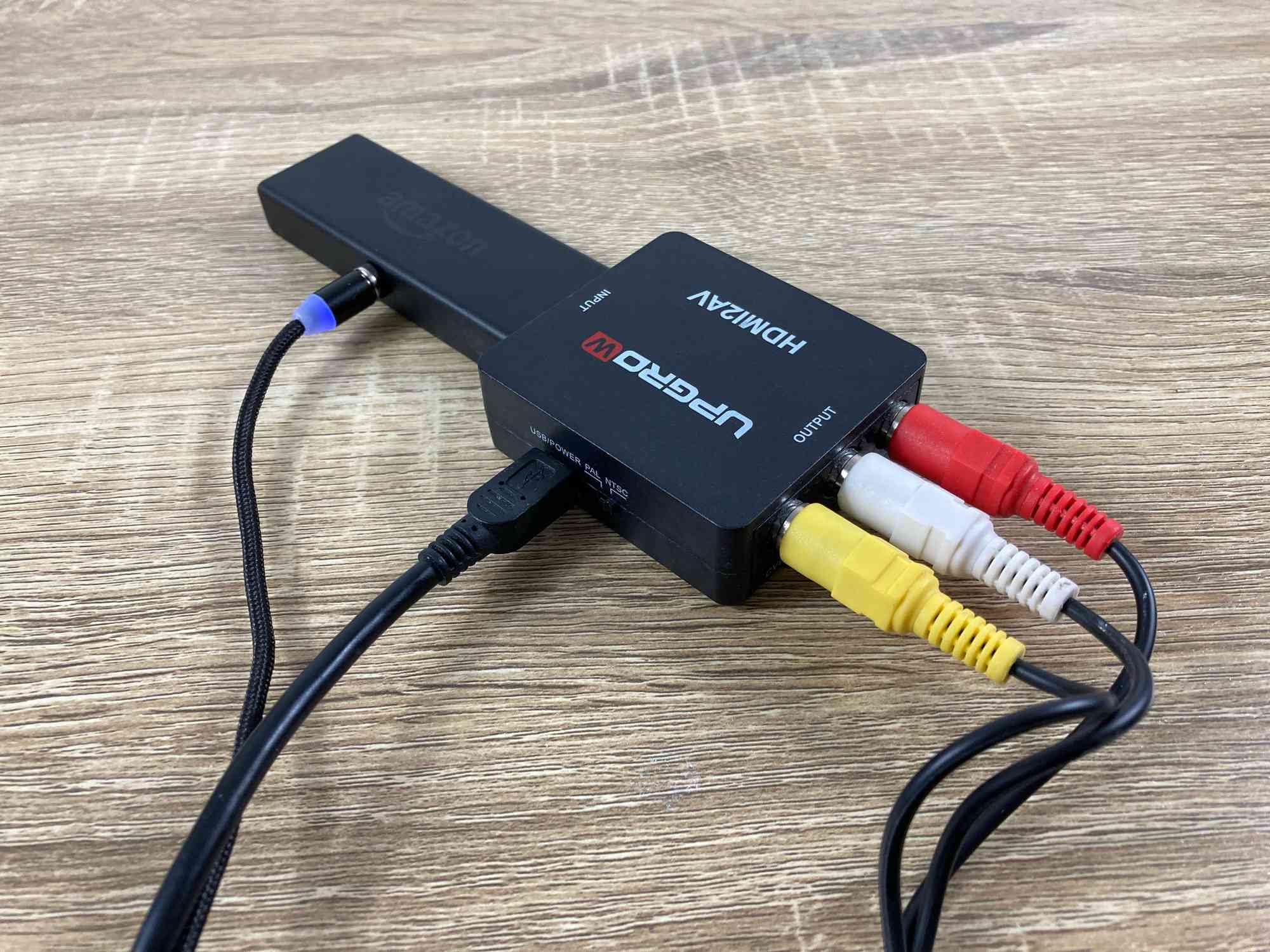
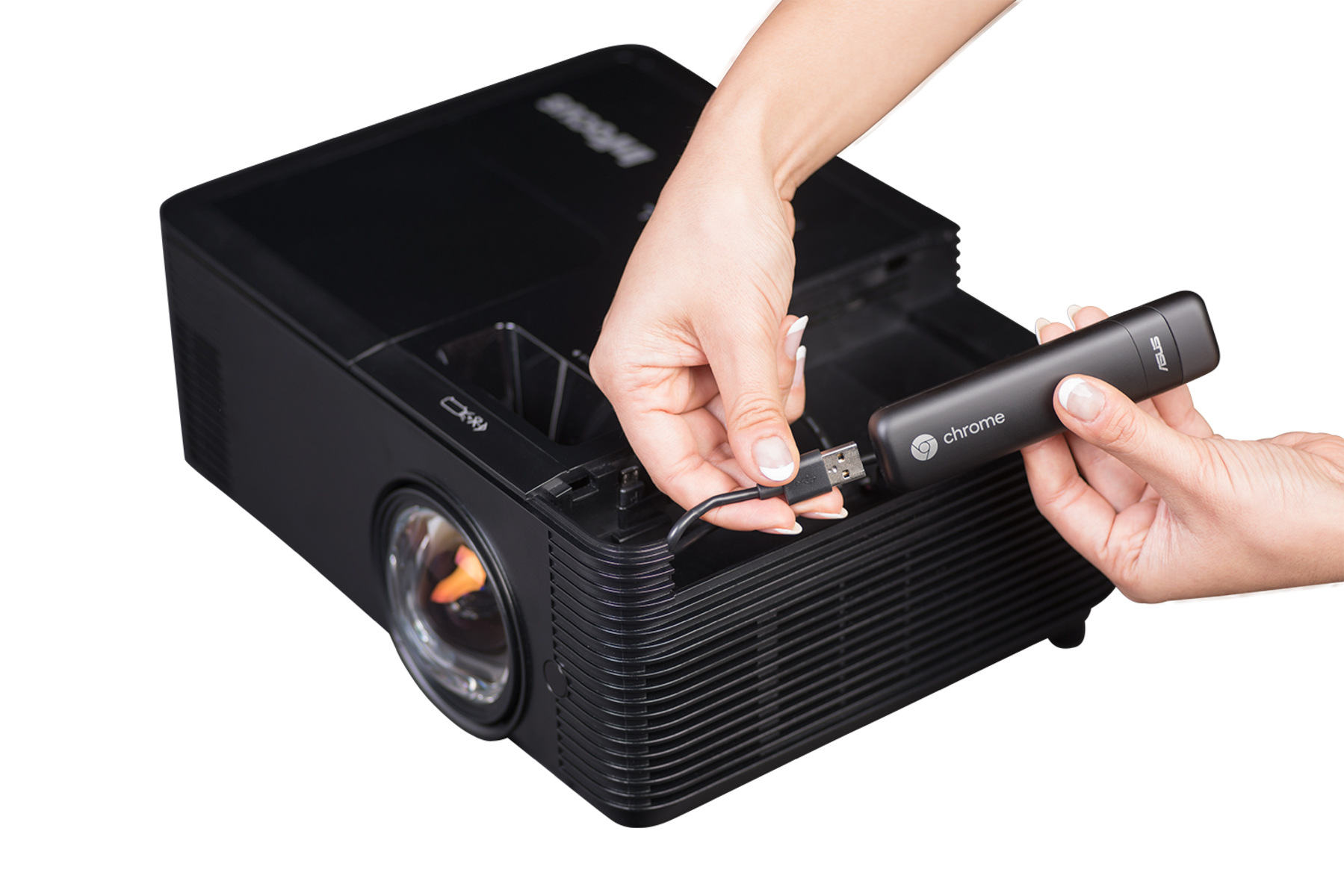
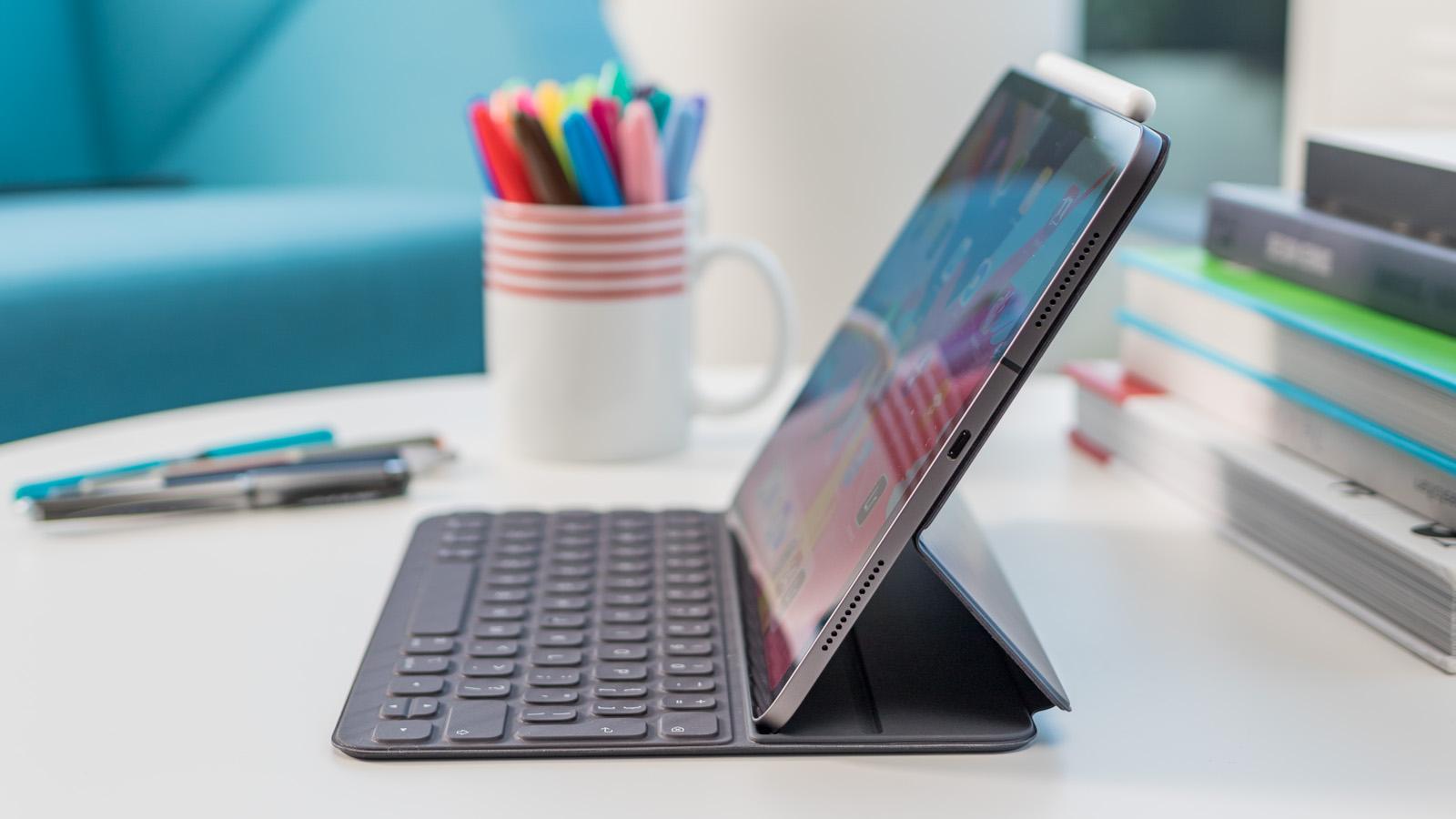
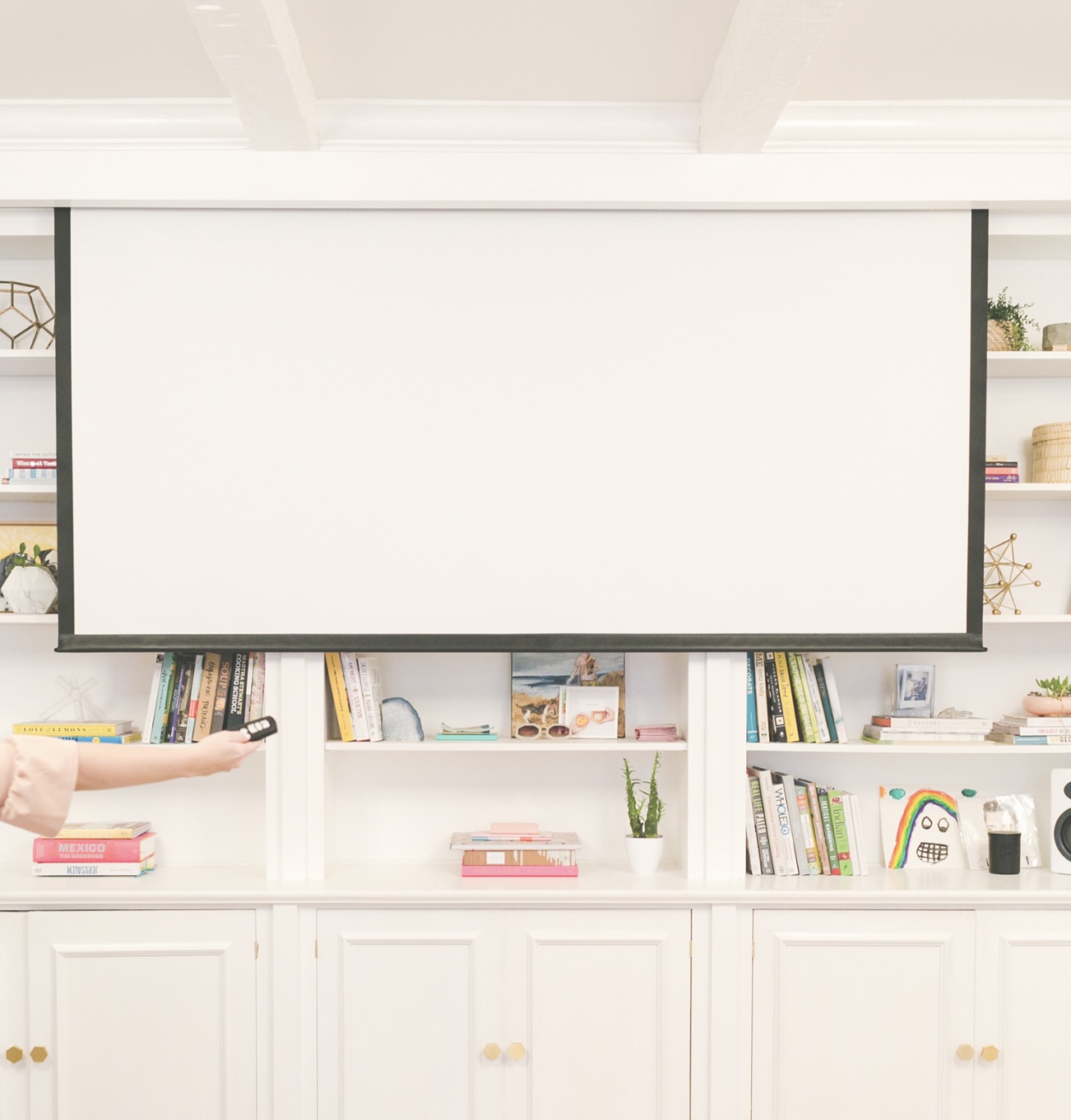
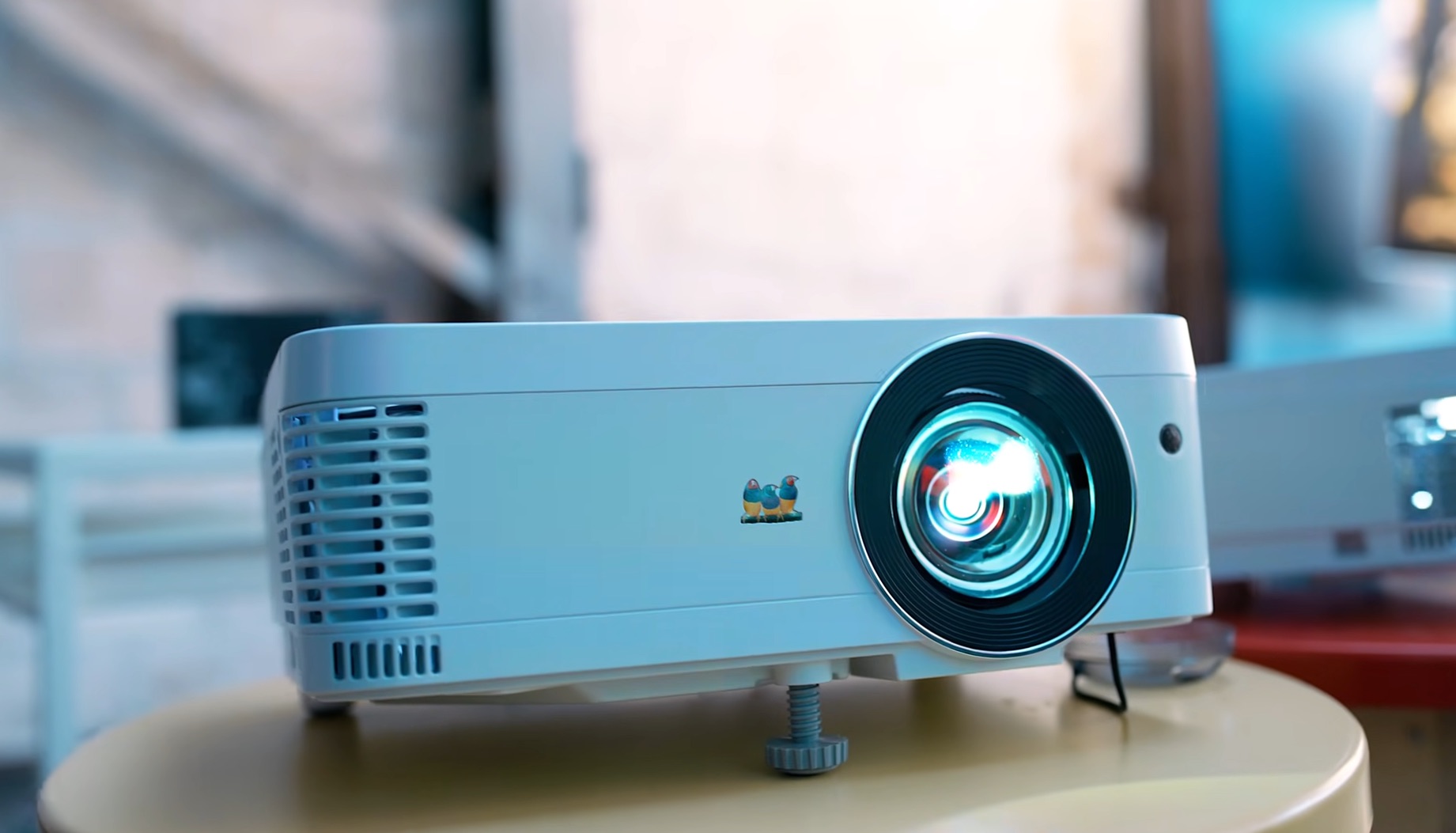
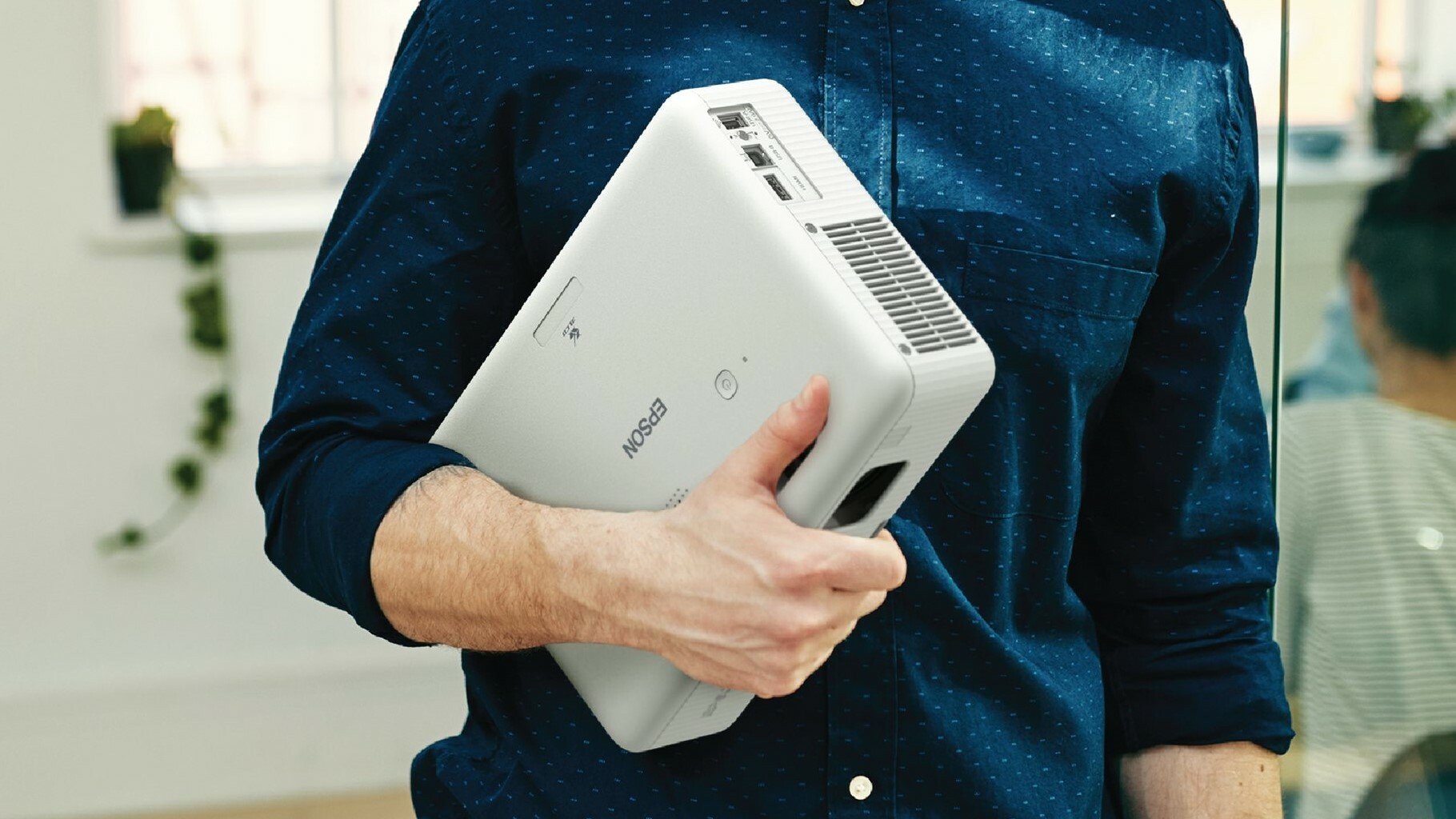
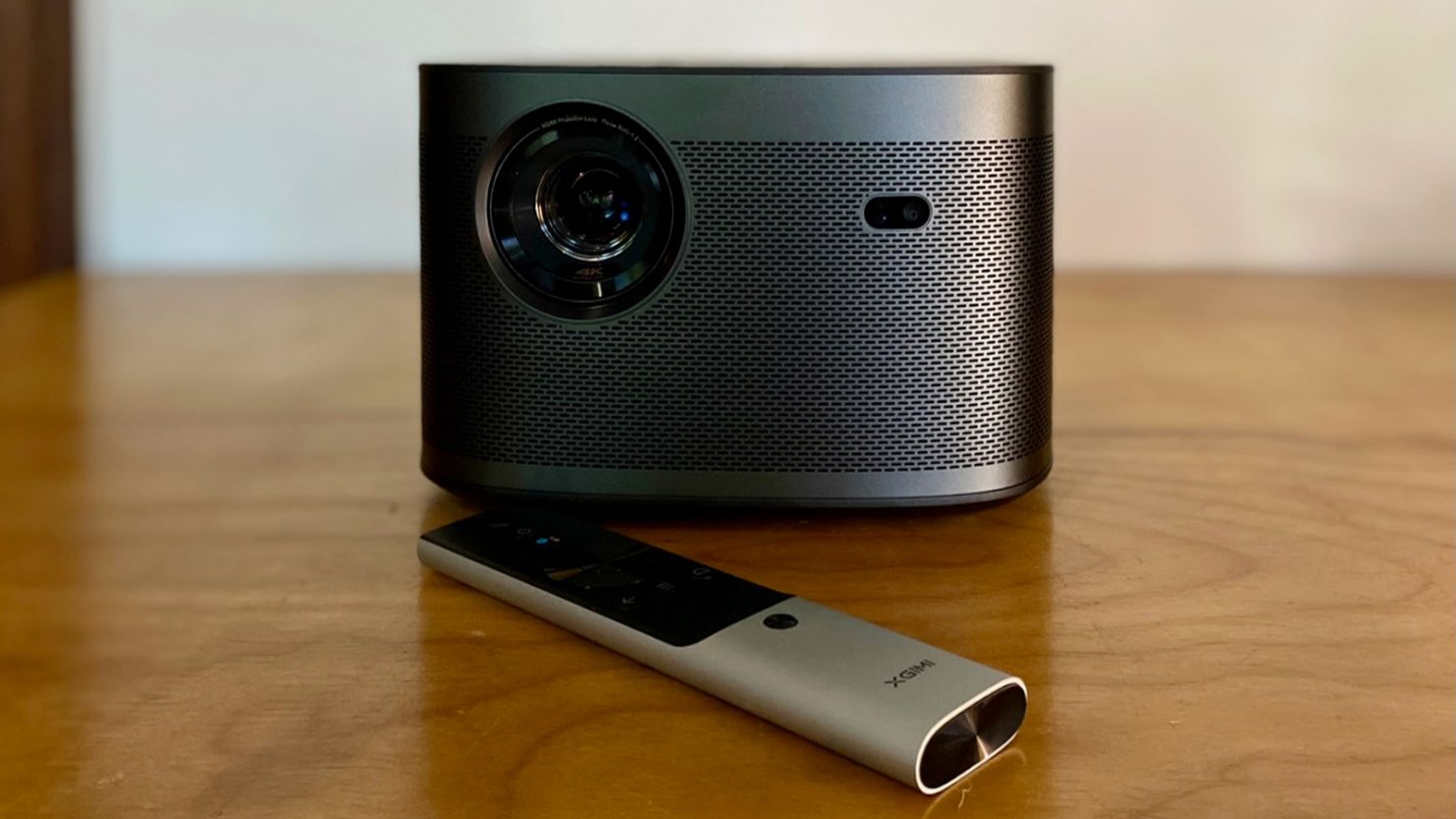
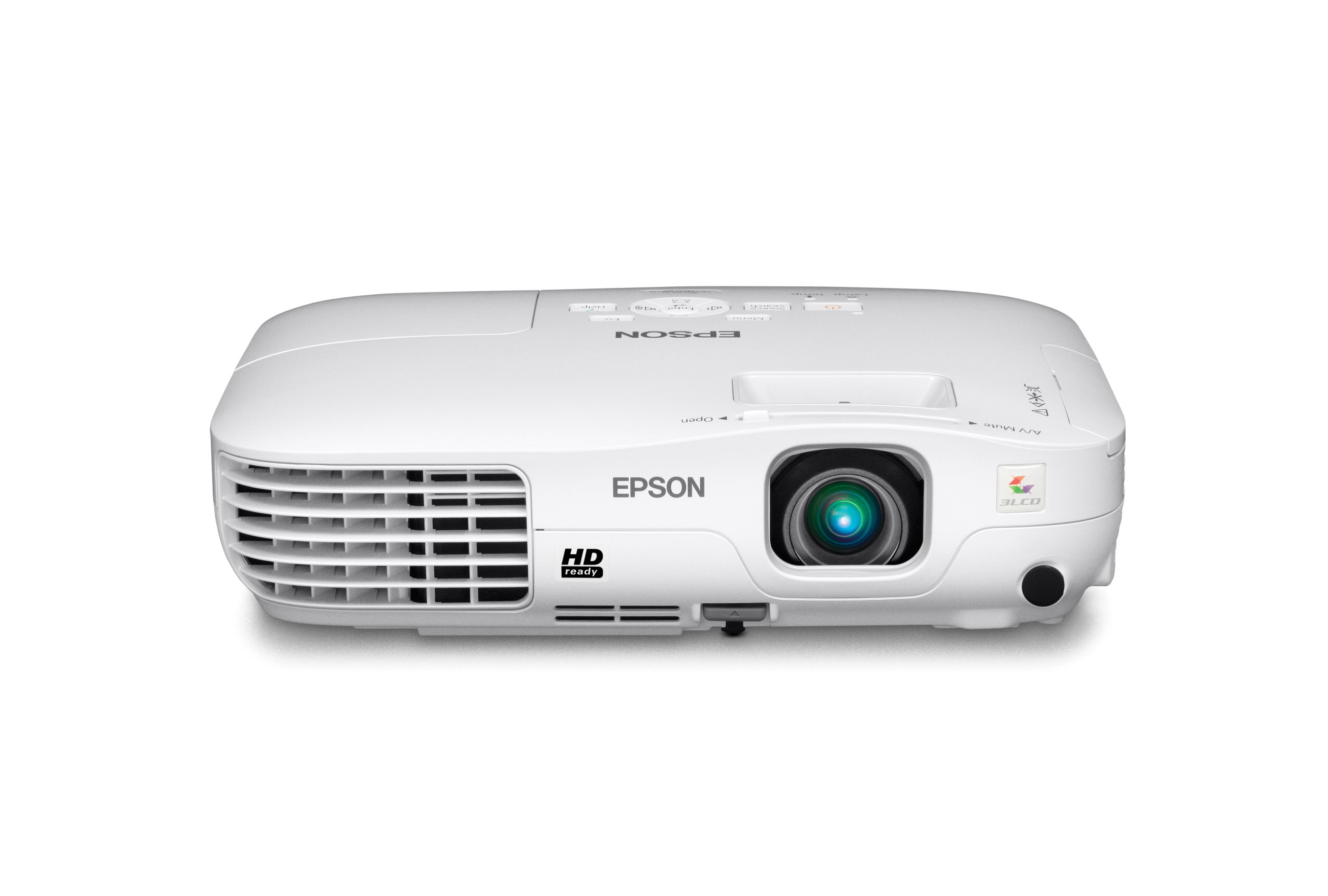
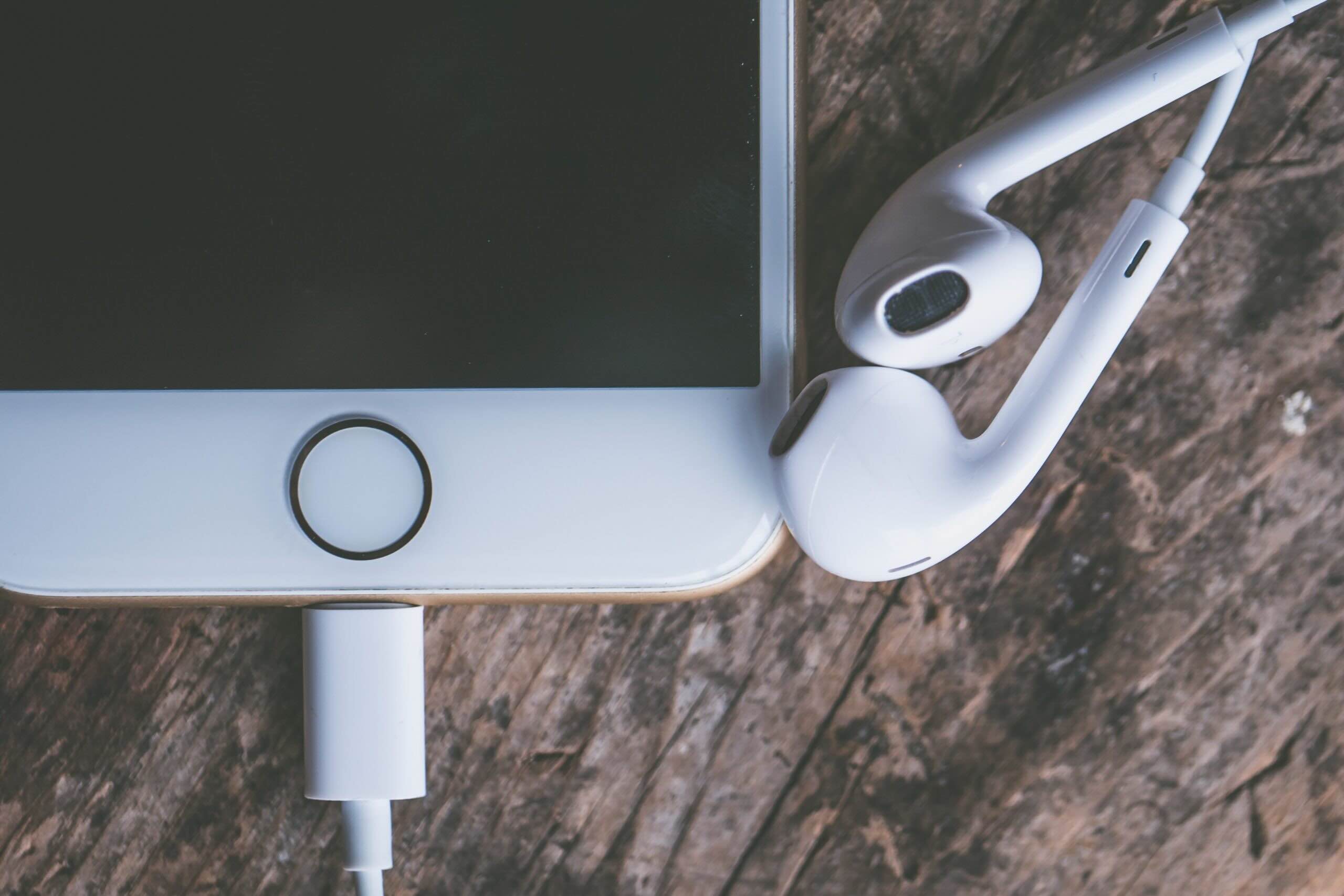

0 thoughts on “How To Connect To A Wireless Projector”